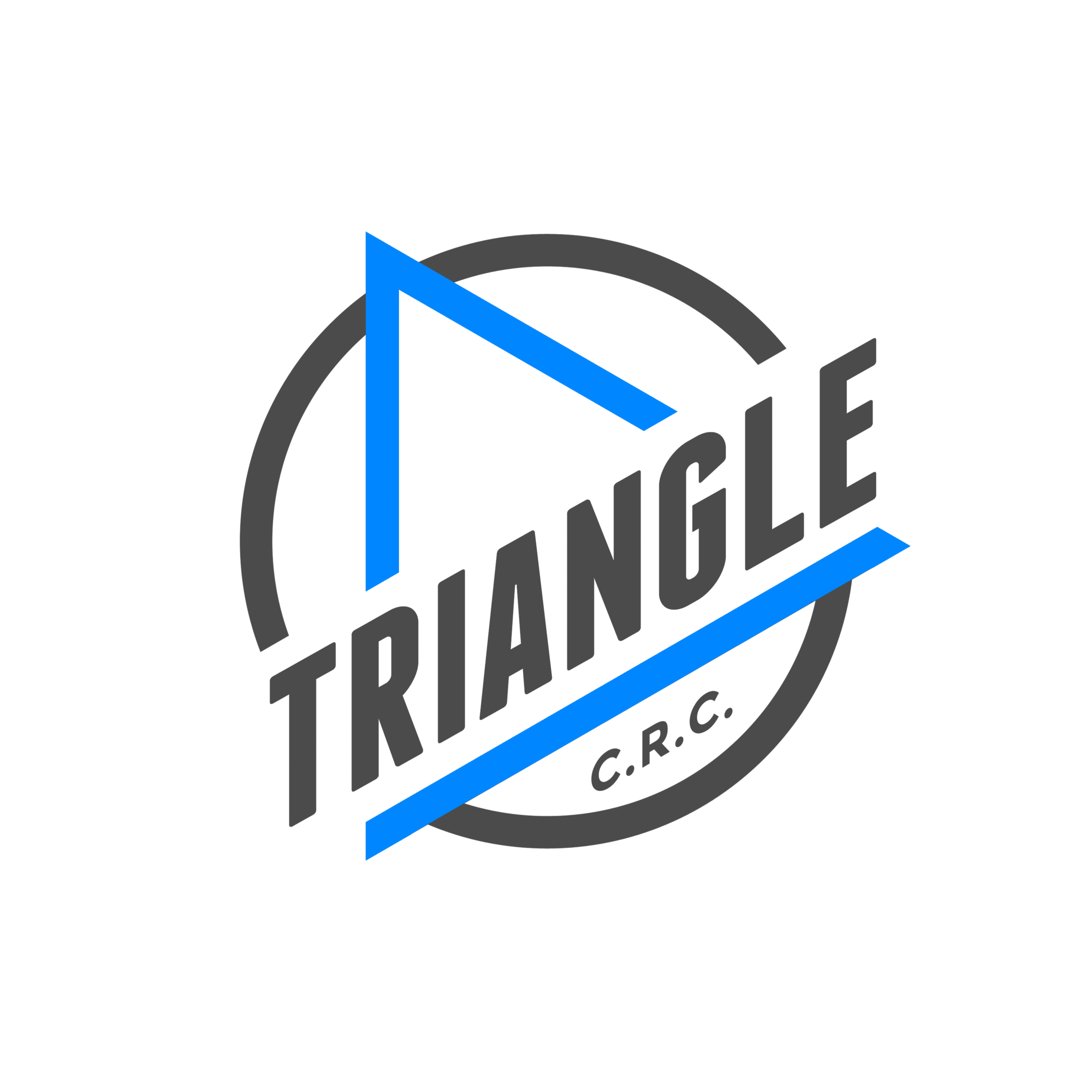Freedom of Movement in Toddlers

We went to the beach last weekend (and thankfully didn't see any sharks!), and while we were walking up the steps over the dunes, I inwardly facepalmed and outwardly snapped a quick photo so I could show my husband how miserably we were failing our son at that moment.It looks like a cute picture of a sandy toddler foot traversing some stairs, but what's important here is the angle of my son's leg. His left leg is angled inward so that he can clear the step, but it's not because he's not tall enough to swing his leg over. It's because the shorts he's wearing are too long for him, and the fabric doesn't stretch enough to allow him to move well.Our son will be two at the end of the summer, and I felt like he was ready for a pair of "regular"-looking swim trunks. I got him two reusable swim diapers (which just look like Speedos), and this pair of trunks with a liner in them. He really liked these trunks because they have trucks on them. He wore them once, and after getting out of the pool and climbing around on the playground, I noticed that he was having a hard time climbing on structures that he normally would conquer without issue. I realized his shorts were restricting his movements. We trimmed the legs about 3/4" on each side to make them more functional. But as you can see, that didn't even work. The fabric doesn't give and the length is too long. They might be cute, but they aren't functional. The rest of the weekend, he wore his Speedo-looking suits, and I felt much better knowing that he wasn't impairing his movement patterns (and could clear a sand castle without tripping). My wanting a "cute" pair of shorts for my son was pointless, superficial, and could easily have been a precursor to dysfunctional movements.Why am I so absurdly concerned about the angle of my son's leg? Because movement patterns are made by repetitive actions, and training improper movement patterns leads to dysfunctional patterns and eventually tissue breakdown or injury. Basically, I don't want my son to get started off on the wrong foot, literally.When the hip joint flexes so the thigh can move upward - as in climbing stairs - the movement is coupled with slight external rotation primarily due to the actions of the psoas and ilacus muscles. (Entertain and educate yourself here for a while: http://www.getbodysmart.com/ap/muscularsystem/thighmuscles/anteriormuscles/psoasmajor/tutorial.html .) Internal rotation with hip flexion would cause unnecessary stress on the medial (inside) portion of the knee, as well as cause an unstable surface when placing the foot on the next ascending step.My son's shorts were preventing him from executing a normal, functional movement. For what purpose? What's important is not how cute you look or how well you blend in with everyone else. What's important is owning your movements and being able to move freely and without restriction. This obviously applies to adults, but is especially important in young ones who are exploring relatively new movements. Choose clothes based on how easily your children can navigate their surroundings safely and confidently, not how cute they'll look in a truck pattern (cue facepalm).As a side note, the hip should ideally be able to internally rotate to 45 degrees for normal range of motion, and internal rotation of the hip occurs during full hip extension in a regular gait cycle. If you cannot achieve this range of motion without pain, call me.And as another side note, did you notice that I didn't take the obvious step and point out how absolutely dysfunctional and absurd wearing heels is? I completely avoided talking about how improper footwear can lead to bunions, foot pain, low back pain, and altered biomechanics. I know a lot of my female patients appreciate that I didn't even go there. ;-)


